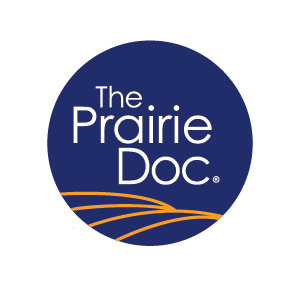Food Anaphylaxis

True food allergic reactions cause anaphylaxis. Eating even a tiny bit of the allergenic food causes the patient to quickly develop symptoms that can include shortness of breath, hives, vomiting, diarrhea, throat swelling, passing out, and at times it can be fatal. The patient makes IgE allergy antibody to the food. The cause of the reactions can be determined by the history and confirmed by allergy skin or blood testing.
Once we know the allergenic food, a treatment plan can be put into place. The three parts are avoidance, epinephrine, and becoming less allergic.
Avoiding the allergenic food prevents reactions. Reading labels, thinking about ways of cross contamination, and ways people interact are all essential. An excellent resource on avoidance is the Food Allergy Research and Education national support group (foodallergy.org). Remember-the food has to be eaten to cause full anaphylaxis. Contact is only going to cause some hives.
Unfortunately, three percent of patients experience an accidental ingestion and have a reaction every year. Epinephrine injections can be life-saving. All patients need access to epinephrine. The epinephrine needs to be given right away and the patient taken promptly to the emergency room for ongoing care. No other medication changes the outcome of an anaphylactic reaction. We used to think antihistamines could help—they do not.
A new method of becoming less allergic was approved in March 2024. This product is Xolair (omalizumab). Xolair decreases the allergy antibody IgE so that when the patient has a small exposure to their allergen they are far less likely to have a bad anaphylaxis. It is not a cure. The treatment is a program of ongoing injections. They can help any kind of food allergy and works even if the patient has multiple food allergies.
Becoming less allergic has been done longer for peanut allergy using the product called Palforzia. It is a peanut powder that one takes daily to become less allergic. This means that you are far less likely to react to a small amount of peanut. It is not a cure. The Palforzia has a higher allergic reaction side effect profile than the Xolair does. Both therapies can make a huge impact for the right patients. Other treatments such as allergy drops don’t help enough to be approved by the FDA and are not recommended.
Don’t miss out--by working with your allergist, primary care physician, dietician, school, daycare center, and family, the food allergic patient can make the most of their life!
Mark E. Bubak, M.D. practicing in Sioux Falls, South Dakota is a contributing Prairie Doc® columnist and owner of Dakota Allergy and Asthma. He is certified by the American Board of Allergy and Immunology to care for adults and children with asthma and allergies. Follow The Prairie Doc® at www.prairiedoc.org and on Facebook and instagram featuring On Call with the Prairie Doc® a medical Q&A show celebrating its 22nd season of health information based on science, built on trust, streaming live on Facebook most Thursdays at 7 p.m. central.






